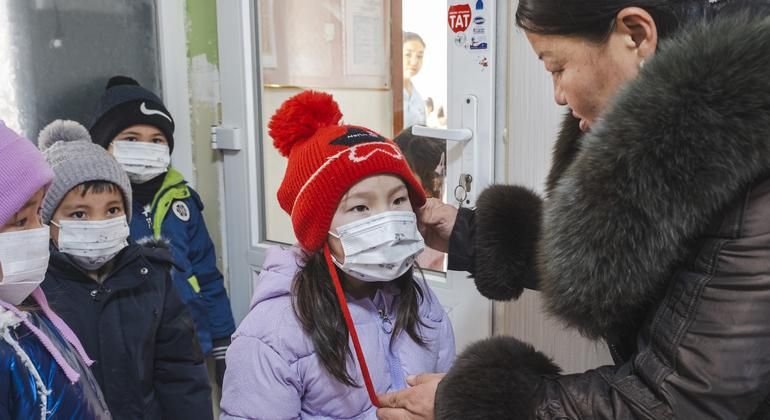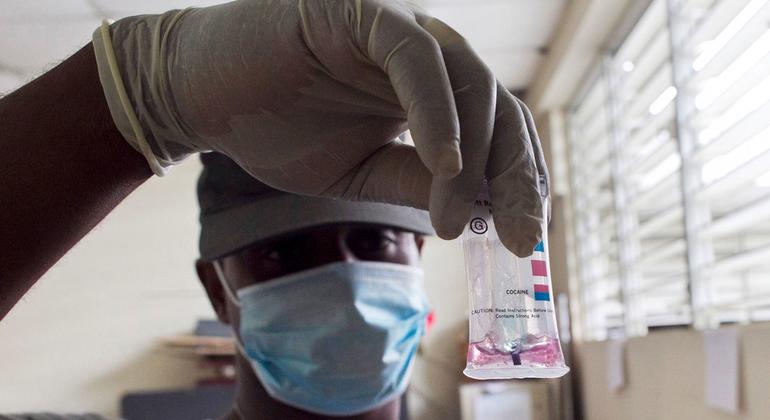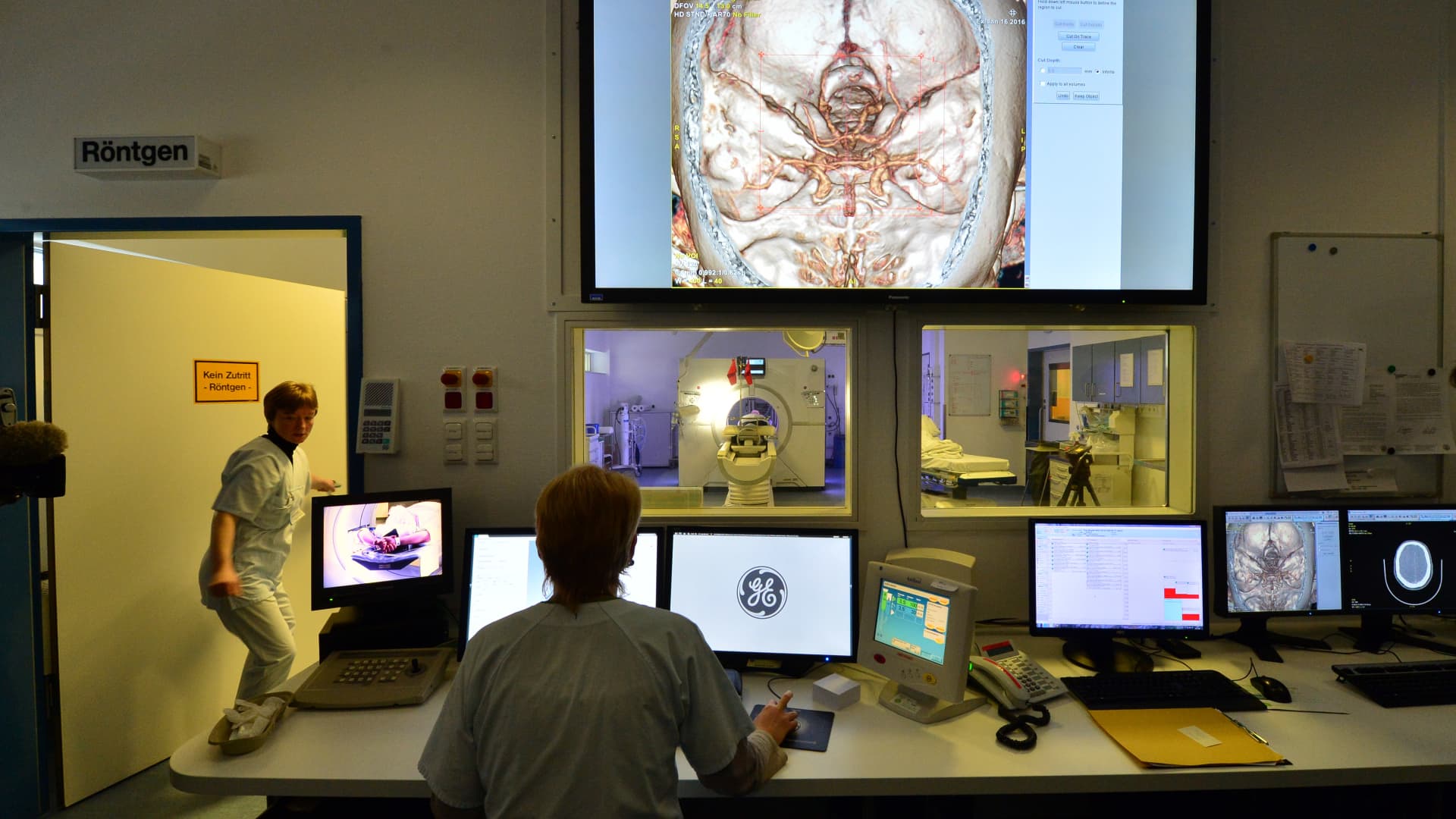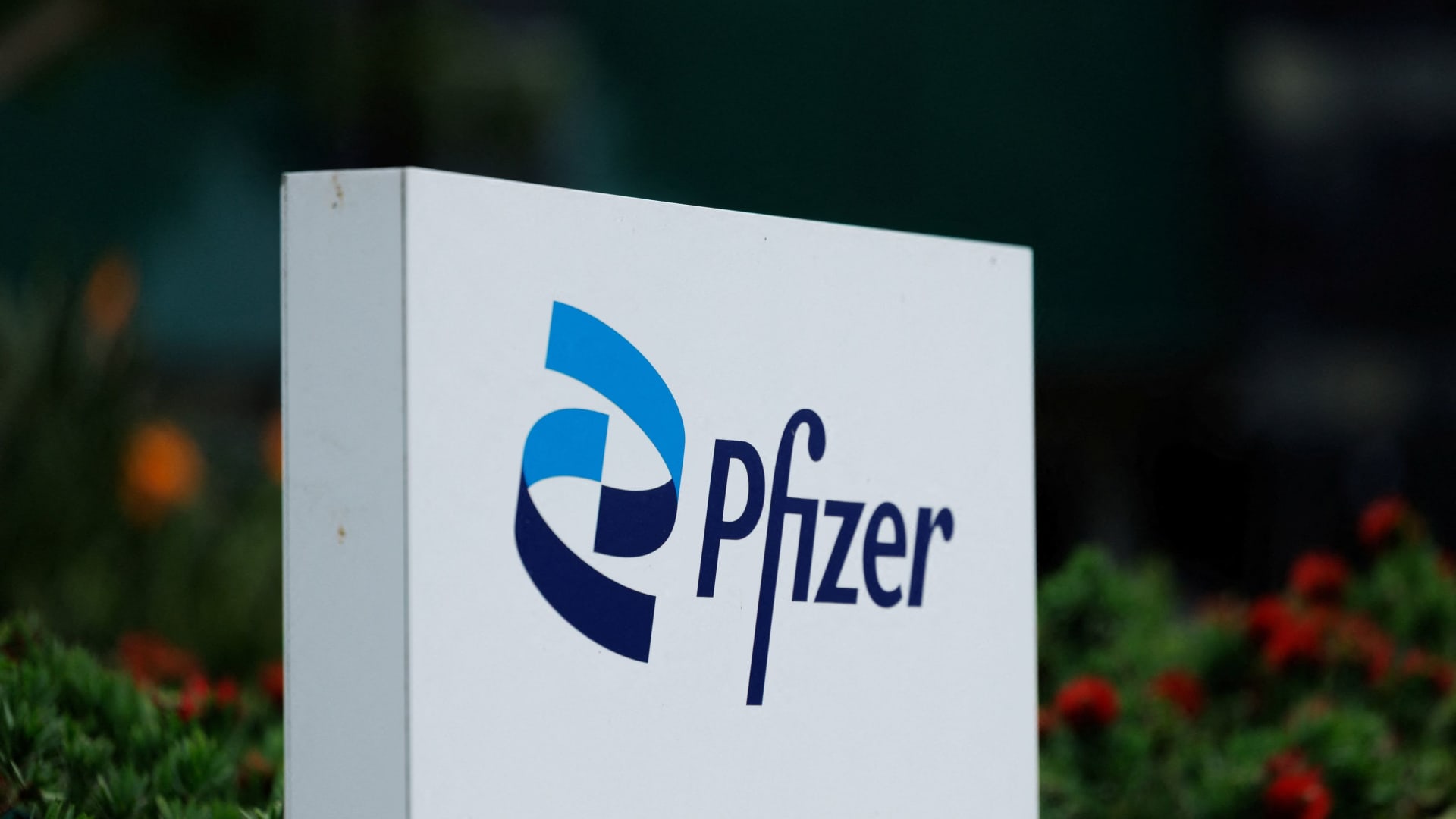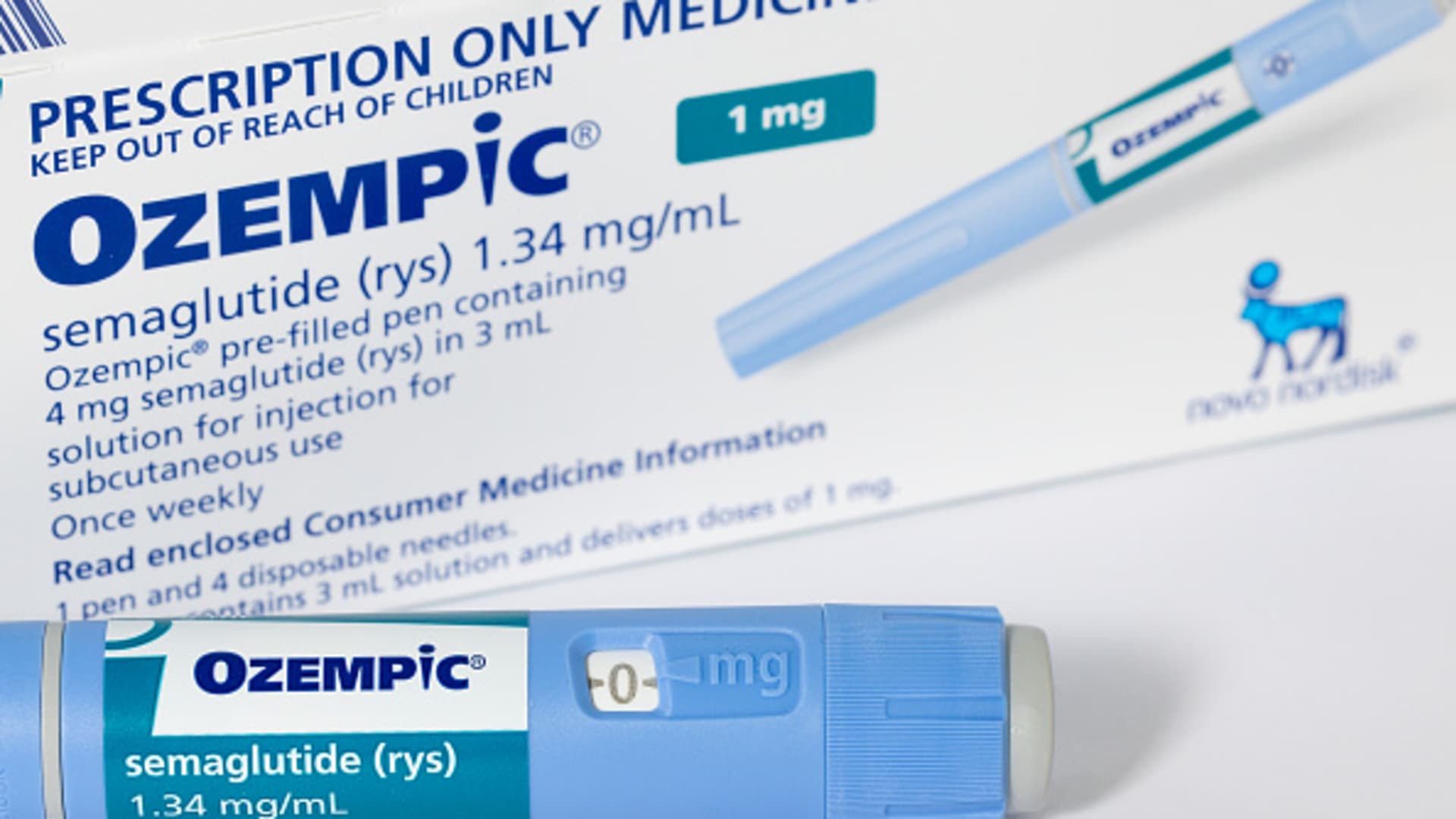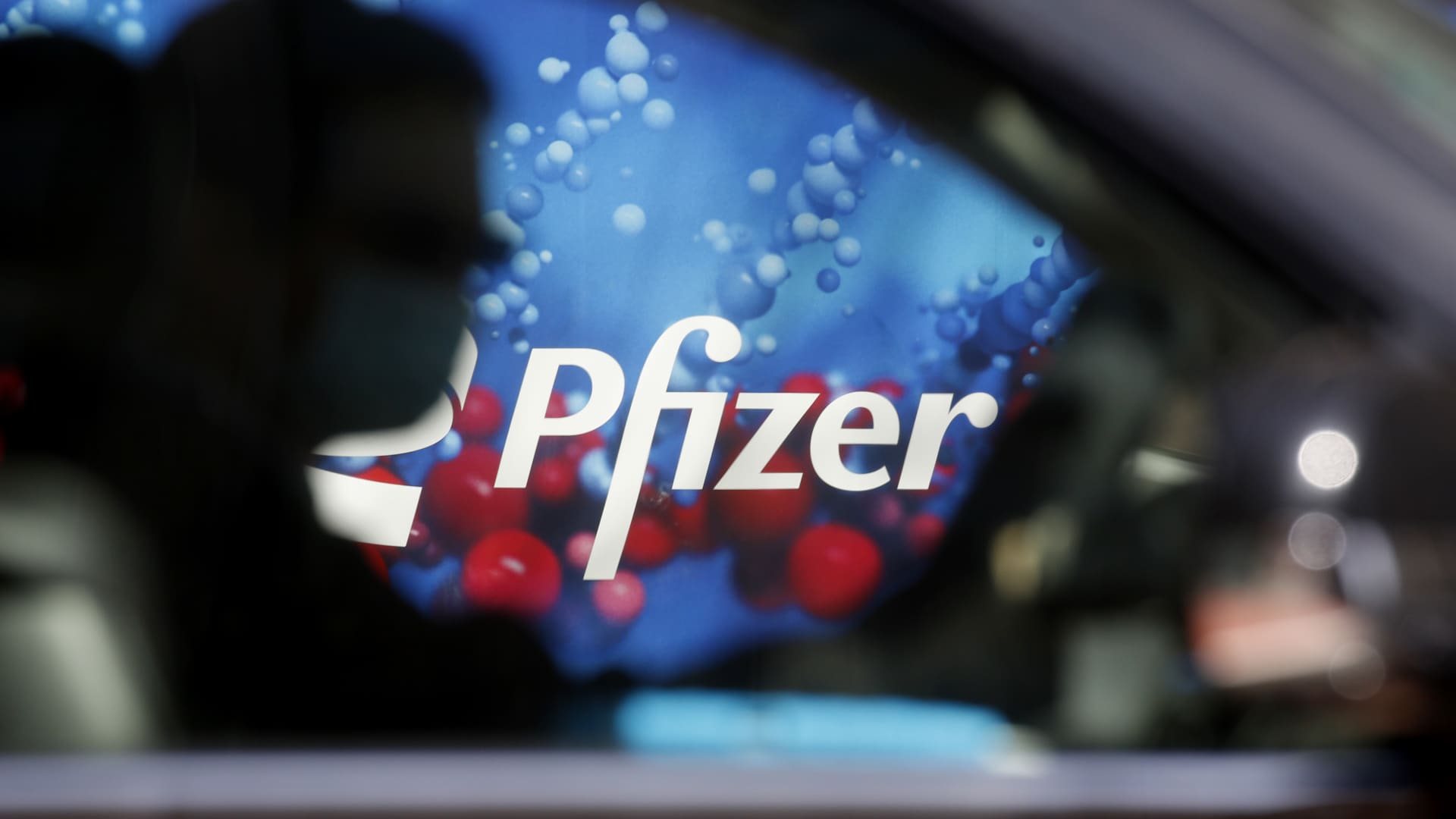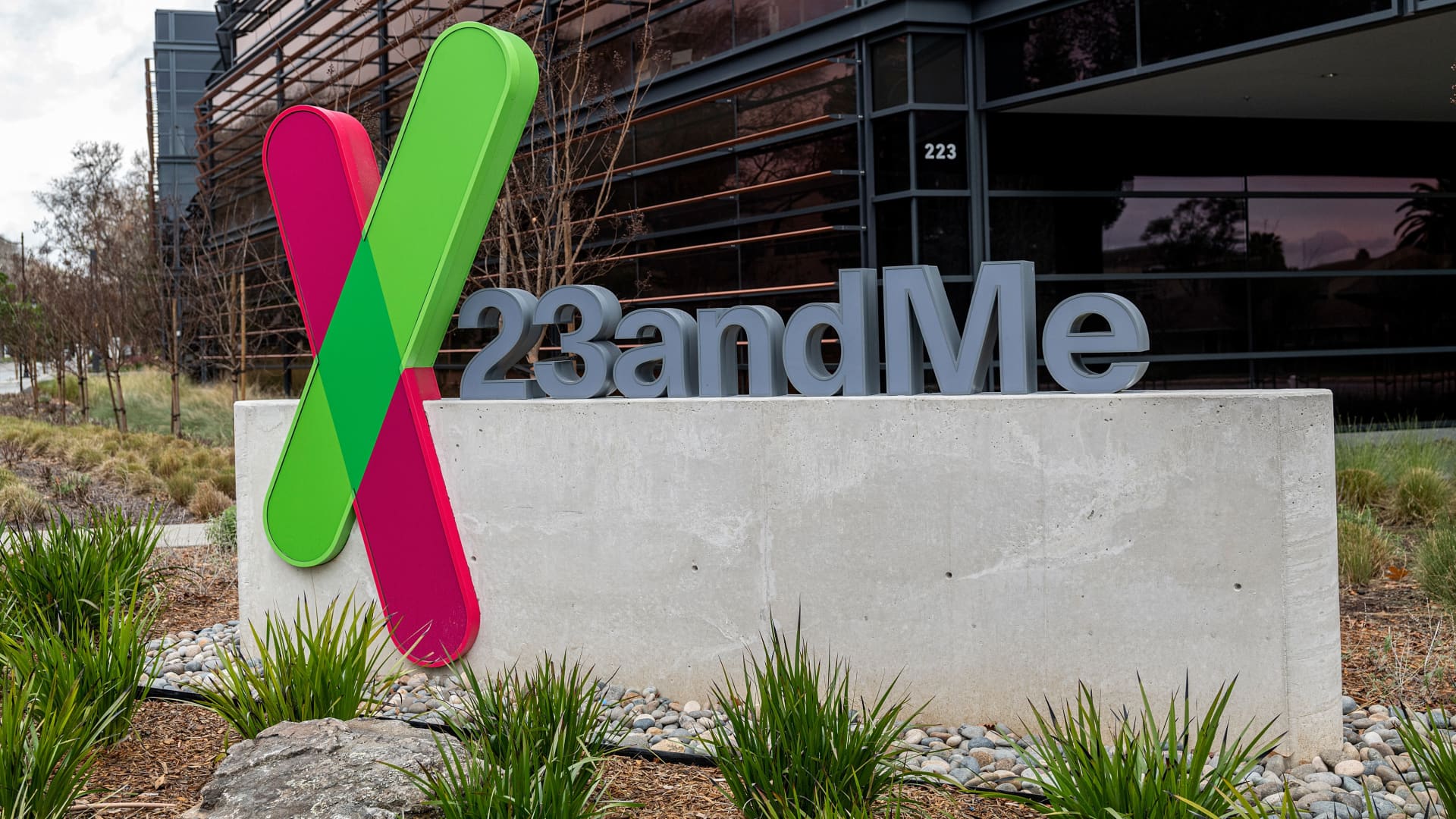The analysis underlines the devastating impact of toxic air on young lives, with air pollution now linked to almost one in four deaths of less than five in the region.
The exposure begins in the uterus, increasing the risks of premature birth and low birth weight, and continues throughout childhood, affecting pulmonary development, reducing cognitive function and contributing to chronic diseases such as asthma and cardiovascular conditions.
“Each breathing matters, but for too many children, each breath can hurt,“Said June Kunugi, regional director of UNICEF for East Asia and Pacific.
“The air they breathe, at a time when their bodies and minds are still developing, too often contains unhealthy levels of pollution that can understand their growth, damage their lungs and affect their cognitive development.”
Each child at risk
The report reveals that The 500 million children in the region live in countries with unhealthy air.
More than 325 million children are exposed to annual levels of fine particles (PM2.5) that exceed the guidelines of the World Health Organization (WHO) in five times or more, while 373 million live in areas with dangerous levels of Nitrogen dioxide, a gas emitted by vehicles and industrial processes.
Almost half of the contamination of PM2.5 in the worst affected countries comes from burning fossil fuels, biomass and agricultural waste, also important contributors to climate change.
As extreme climatic events worse due to climate change, air pollution is expected to become an even greater threat, UNICEF warned.
Impacts beyond health
The impacts of the air pollution crisis go beyond health.
The high levels of contamination forzar school closures, interrupt learning and increase medical expenses, striving for overwhelmed health systems.
The World Bank estimates that in 2019, The economic cost of PM2.5 air pollution in East Asia and the Pacific amounted to $ 2.5 billion, or 9.3 percent of the Gross Domestic Product (GDP) of the region.
Students of primary school in Bangkok use masks during their morning alignment as air pollution levels shoot.
Urgently called for action
In response to the “silent murderer,” UNICEF asked governments, companies, health professionals, parents and educators who take immediate measures to reduce air pollution and protect the health of children.
Governments must enforce stronger environmental policies, the transition to clean energy sources and implement air quality standards aligned with WHO guidelines, together with companies they must adopt cleaner technologies, reduce emissions and ensure that their practices prioritize child security.
Parents and educators also have a crucial role in awareness, advocate cleaner environments and train young people to take measures, outstanding UNICEF.
There are solutions
In addition, UNICEF is collaborating with governments, companies and communities on multiple initiatives to reduce children's exposure to air pollution.
These include promoting stronger environmental regulations, improving air quality monitoring through the installation of affordable sensors and implementation of programs to reduce domestic air pollution, such as cleaner cooking stoves and better ventilation.
The agency is also working to strengthen health systems to diagnose and treat pollution -related diseases and is supporting young people to become clean air defenders, raise awareness and press for stronger policies.
“Addressing air pollution will lead to enormous improvements in the health, education and well -being of children, with domain effects on whole societies and economies,“Mrs. Kunugi stressed.
“There are solutions, and our collective future depends on implementing them.“

